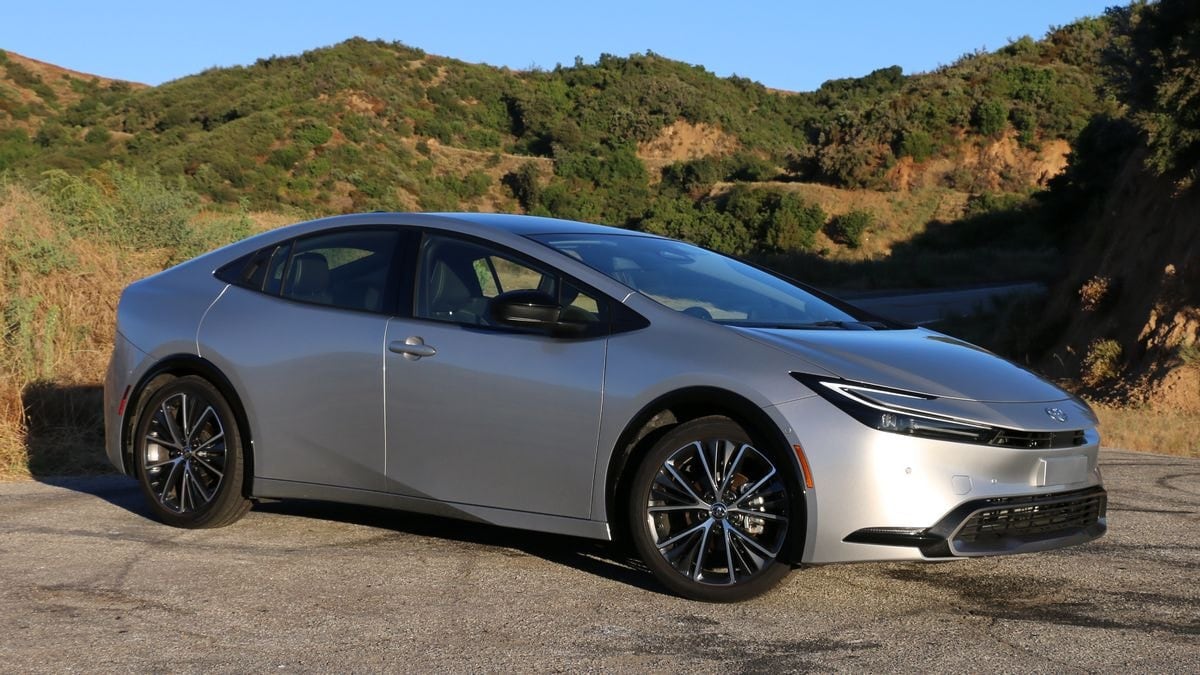
For much of the past year, many automakers have had too many cars. Toyota has not had this problem. The automaker has carried the tightest supply in the auto industry, with dealers unable to keep some models in stock for long. The problem is growing more severe for hybrid models, Reuters reports, with shoppers in some countries waiting months for new cars or repair parts.
The Industry’s Shortest Supply
Traditionally, carmakers aim to keep about 60 days’ worth of new cars on the lot, with another 15 days’ worth on order or in transit. Toyota, however, has spent more than a year with days’ supply hovering in the low 30s. Its Lexus luxury brand has nearly the same level.
The numbers are tighter for the brand’s popular hybrid models.
Toyota Bet Big on Hybrids
Toyota, the world’s largest automaker, has made a big bet on hybrid production in recent years, even as most rivals are focused on designing and building new electric vehicles (EVs). The company plans a full electric lineup but will get there slowly compared to most automakers.
Toyota reasons that focusing on hybrids is a better way to fight climate change than building EVs. The company claims it can build 90 hybrids with the same amount of battery minerals it would take to make one EV. Taking 90 purely gas-powered cars off the road quickly, it says, does more good than replacing one.
Whether that’s true or not, building as many hybrids as possible has been great for sales. When, that is, Toyota can manage to build them.
Suppliers Struggling to Keep Up
The problem, Reuters reports, centers on certain suppliers.
Reuters interviewed 10 “industry figures, including people at Toyota and its suppliers, who described bottlenecks affecting the hybrid supply chain.”
Global delays “stem from a tight supply of components used in hybrid powertrains, which are largely made in Japan and shipped abroad to where cars are assembled,” Reuters reports.
Hybrid motors and electrical components also use minerals sourced from China, which have faced bottlenecks.
Expanding Production May be the Solution, but It’s Tricky
The company plans to increase production capacity to solve the problem. Reuters notes, “Toyota has invested $14 billion for a battery plant in North Carolina to meet hybrid demand and has said it is due to start shipping batteries for North American electrified vehicles in April. Nearly half of the vehicles Toyota assembled in the U.S. last year were hybrids.”
The new factory dovetails nicely with President Trump’s push to move auto production to the U.S. Trump has enacted hefty tariffs in an attempt to make it expensive for automakers to build cars outside the U.S.
However, the factory illustrates a hurdle with tariff policy. Factories take yeas to build. This one has nothing to do with tariffs. It was planned, and construction started, long before Trump took office.
Automakers make few decisions with a horizon as short as four years. When they build a new factory, they amortize the cost over decades. Few are likely to make 40- or 50-year investments based on a policy that could end in less than four years.
For now, Toyota is pushing deeper into hybrid design even while, in some parts of the world, wait times to buy a Toyota hybrid are growing. In their latest redesigns, the company made its popular Camry sedan and Sienna minivan hybrid-only.
Yet in its home market of Japan, Reuters reports, “buyers are waiting two to five months for many models.”

